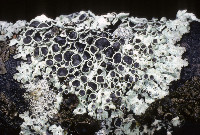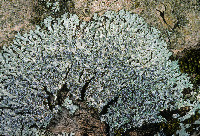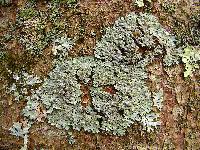
Consortium of Lichen Herbaria
- building a Global Consortium of Bryophytes and Lichens as keystones of cryptobiotic communities -
|
|
|
|
Family: Physciaceae
Hoary Rosette Lichen
[Imbricaria aipolia (Ehrh. ex Humb.) DC., more] |
|
|
|
|
Powered by Symbiota










































































































